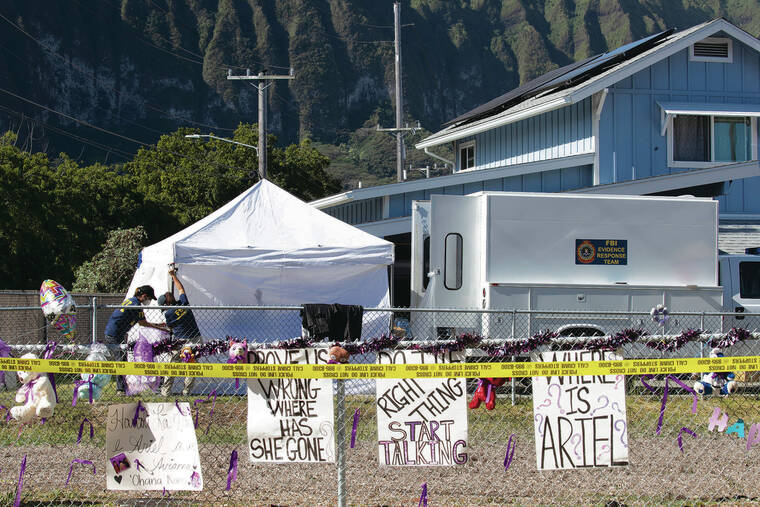With the recent murder of Isabella Kalua, our community is heartbroken and looking for answers to bring some sense of hope.
How can something like this happen to one of our keiki? Why did it happen? How can we prevent this from ever happening again?
Sadly, child abuse is occurring at an alarming rate. In 2019 there were 4,417 reports of abuse/neglect to Child Welfare Services in Hawaii. Thirty-one percent of these reports were confirmed cases. The average age of a child suffering from abuse is 7 years old.
This reality leads to more questions: How do we prevent children from falling through the cracks in our system of care? How do we protect them, give them a voice, prevent harm?
There is no justification for abuse — however, it is important to recognize some of the root causes. There could be generational abuse or neglect, substance abuse, mental health conditions such as depression, poor parent-child relationships, lack of parenting skills, lack of support, and family stress or crisis caused by domestic violence.
It takes collective action — as a community — to ensure all of our keiki grow up in a safe environment. Now is the time to determine what changes are necessary within our government systems, our laws and in the way we support families in Hawaii.
In order to prevent generational cycles of trauma and to have healing within families, preventative supports must be prioritized. We cannot wait until another tragedy occurs. The heartbreaking death of Isabella is a blaring alarm, calling us to action, calling us to identify all the ways we can make changes in “the system” that can prevent another child from suffering, and from dying.
Intervention can make all the difference. If you are a parent or caregiver or if you know someone who is struggling as a parent, don’t wait. Private and nonprofit organizations exist to offer support and resources to help prevent abuse.
Child & Family Service’s mission is strengthening families and fostering the healthy development of children. We offer a wide range of programs to meet the needs of caring for keiki, empowering youth, healing from trauma, and honoring kupuna.
This past year, we have seen a spike of referrals in our domestic violence and sexual abuse programming. We also consider the protective factors when working with every family’s needs in preventing child abuse and neglect. This includes building resiliency, establishing connections among family and friends, linking to community resources, giving education about child development, and enhancing social and emotional well-being. It is imperative that we engage all members of the family because it is the best approach to preventing and providing intervention for child abuse and neglect.
Individually, we all have a role in this fight. When we suspect child abuse and neglect, we must be courageous and step forward to report and to help. Recognizing and identifying early signs of possible abuse is critical for early intervention. Teachers, community members, government workers and the nonprofit service providers all play a role in helping to identify and prevent child abuse and neglect.
We also need to find time to heal and find hope.
Healing occurs when we listen, react, express emotions and act. We must grieve, identify feelings and understand how little Isabella’s death is impacting us all as a community.
And, as we rally for change, our agency is committed to helping shape what is needed to prevent abuse from happening again. For parents or anyone in need of counseling and assistance, visit theparentline.org for more information or call 808-526-1222.
Karen Tan is president and CEO of Child & Family Service.

